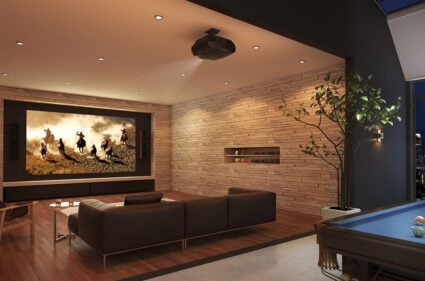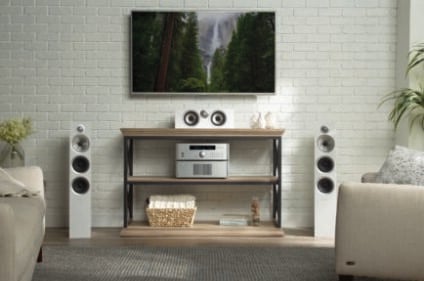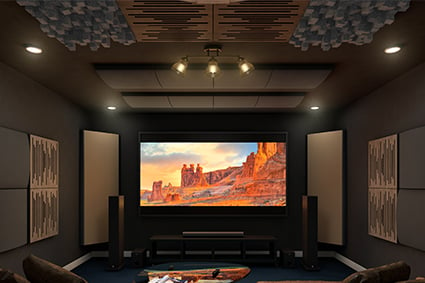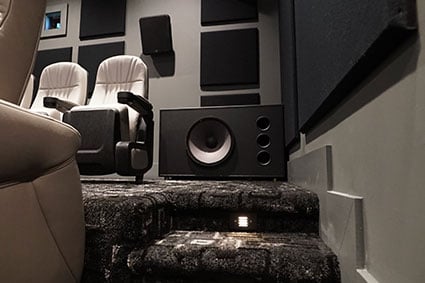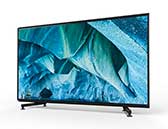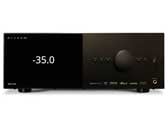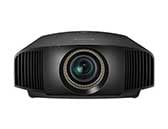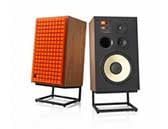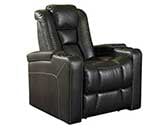Home Theater Speaker Types & Placement Suggestions
As you go through these different configurations, bear in mind you’ll have choices on what type of speaker to use. For the main speakers, surround speakers, and rear speakers you can use an in-room tower or bookshelf speaker, an on-wall speaker or an in-wall speaker. The Dolby Atmos or overhead speakers can be an in-ceiling speaker or an elevation speaker that would sit on top of your tower or bookshelf speaker. We are even starting to see some tower speakers with the elevation speaker built into the top which is pretty cool. These will have two sets of connections on the rear for the main and elevation.
You may wind up laying out the perfect room only to find the way your room is constructed does not allow you to put speakers exactly where they should go. This is especially true for ceiling and in-wall speakers. For in ceiling Atmos or overhead speakers, if you have a stud in the way, we find it better to move them to the left or right rather than front to back to find the spot where they can fit in the ceiling between the studs. For side speakers, we will usually suggest you move them slightly backwards, and for rears, move them further apart than closer together.
In some conditions, it may not be possible to have the speakers symmetrical. If this is the case, don’t give up, just follow our suggestions and bear in mind all of the decent surround sound receivers will let you compensate for different speaker distances. It's better to be off a little than to have no speaker at all!
We will start with the most immersive layout and work down from there. And as if we have not said it enough, these all show just one subwoofer, but in our opinion, you can never have too many subwoofers — so if you can fit 2 or more, go for it! We actually have an entire article on subwoofer placement where you can learn more.
Audio Advice Tip: All of these layouts we discuss are focused on just one row of seats. If you have more than one row, our tool will let you decide how much focus you want to put on the main row or all seats.




















